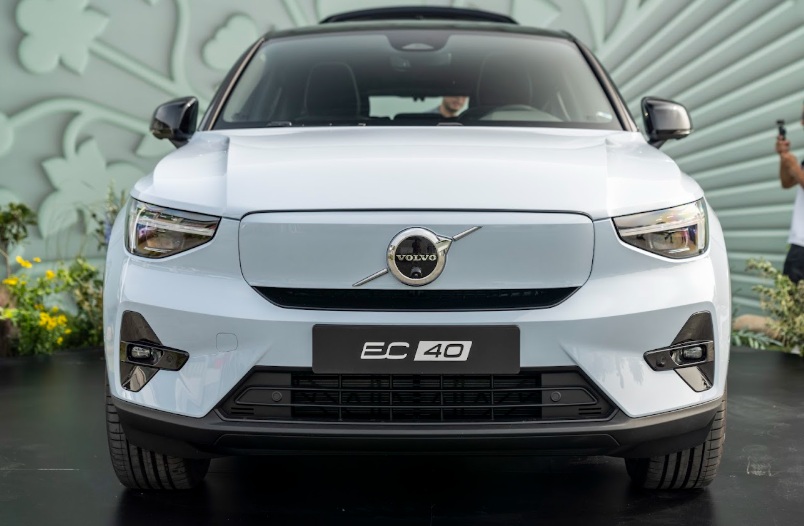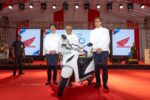While internal combustion engine vehicles still hold the majority market share in Vietnam, consumers and businesses alike risk being left behind in the ongoing global transition if they continue to underestimate the rise of green transportation.
Current figures may suggest that gasoline-powered cars remain popular, but the long-term trend is swiftly shifting towards greener and more sustainable alternatives.
Dominant, but gradually making way
Internal combustion engine vehicles are currently the primary choice for most Vietnamese consumers, accounting for a significant proportion of total industry sales. However, beneath this seemingly “stable” exterior lies a notable underlying shift: the market share of gasoline-powered cars is gradually shrinking, making way for cleaner energy vehicles.
Data from recent years clearly reflects this trend. While electric vehicles (EVs) and hybrid electric vehicles (HEVs) accounted for a modest 2-3% of total industry sales in 2022, this figure rose to over 8% by 2024. According to forecasts, by the end of 2025, green vehicles could capture more than 15% market share, representing a multiple-fold increase in just three years.
The significant difference between the two groups of vehicles lies not only in their operating technology but also in the market forces driving them. While gasoline-powered cars continue to maintain their purchasing power due to consumer habits and familiar infrastructure, electric and hybrid vehicles are being strongly propelled by favorable policies, the global electrification wave, and growing environmental awareness among the population.
Charging infrastructure: A short-term challenge, not a long-term obstacle
One of the commonly cited barriers to electric vehicle adoption is the perceived lack of charging infrastructure. However, the reality is that deployment is accelerating rapidly.
In just three years, the number of charging stations nationwide has increased by over 400%, with the participation of multiple entities such as VinFast, EdiCharge, and more recently, PetroVietnam. The charging network is no longer confined to major urban areas but is expanding to district and town levels.
This development mirrors the early days of gasoline station expansion in Vietnam, and at this rate, the electric vehicle ecosystem will soon meet the practical needs of widespread usage.
Electric and hybrid vehicles: No longer a luxury choice
Once considered high-tech products exclusively for affluent consumers, electric and hybrid vehicles have now stepped out of the luxury realm to become more realistic options for the general public. The Vietnamese market is witnessing the increasing presence of green vehicle models priced between VND 350 and 750 million, comparable to or even lower than many gasoline-powered cars in the B and C segments.
Vehicles like the VinFast VF 3, VF 5, Toyota Yaris Cross Hybrid, and Corolla Cross Hybrid exemplify the trend toward democratizing green transportation. With affordable price points, these models are opening up the possibility of eco-friendly car ownership to millions of mainstream consumers.
In addition to attractive initial costs, green vehicles also offer superior operational efficiency. Compared to gasoline-powered cars, the daily running costs of electric vehicles can be 50-60% lower. Maintenance is simplified due to fewer moving parts, and there are no expenses associated with oil changes, air filter replacements, or spark plug maintenance.
Electric vehicles, in particular, free users from the cycle of dependence on volatile fuel prices, which are becoming increasingly unpredictable in the context of global geopolitical and economic instability.
The total cost of ownership (TCO) of green vehicles is now comparable to, or even surpasses, that of traditional gasoline cars in terms of long-term efficiency, making them a financially and environmentally sensible choice.
Environmental considerations and global trends: We cannot afford to be left behind
Amid the severe impacts of climate change and as nations accelerate their commitments to carbon neutrality, automobiles reliant on fossil fuels will inevitably face increasing restrictions. Several Southeast Asian countries, including Thailand and Indonesia, have already announced plans to phase out the sale of gasoline-powered cars by 2030-2035.
Vietnam is also embracing this trend. The government has approved the Transportation Electrification Strategy towards 2050, demonstrating its determination to transition to low-emission vehicles. This shift requires both businesses and consumers to proactively adapt early on to avoid being left behind when stricter policies come into force.
Gasoline cars are living on “borrowed time”
The continued preference for gasoline-powered cars in Vietnam is understandable, given the prevailing habits, existing infrastructure, and a sense of familiarity. However, this does not indicate a stable future.
The world is rapidly evolving, and Vietnam is gradually catching up. Continuing to bet on gasoline cars is a defensive strategy, while the opportunity for breakthrough lies in embracing the green revolution.
Gasoline cars may not be “retiring” just yet, but electric vehicles are poised to take the lead. And this moment of transition is approaching faster than we think.
Honda Reaches 500 Million Motorcycles Produced Globally: A Milestone Achievement
Honda, a renowned name in the automotive industry, has achieved an impressive milestone. After 76 years of dedication and innovation since the release of their first motorcycle, the Dream D-Type in 1949, Honda has proudly reached a global cumulative production volume of 500 million motorcycles and scooters.


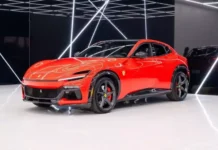
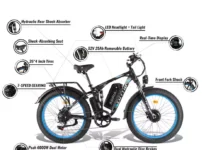


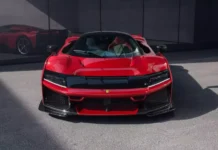

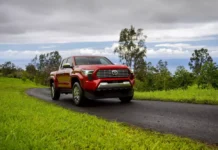
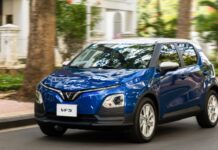
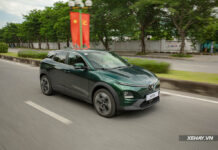
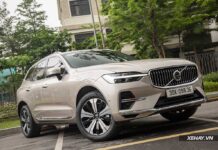








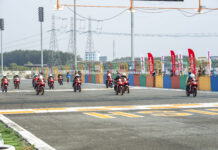




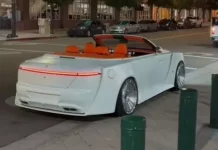
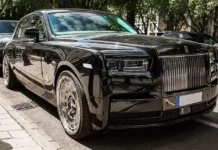

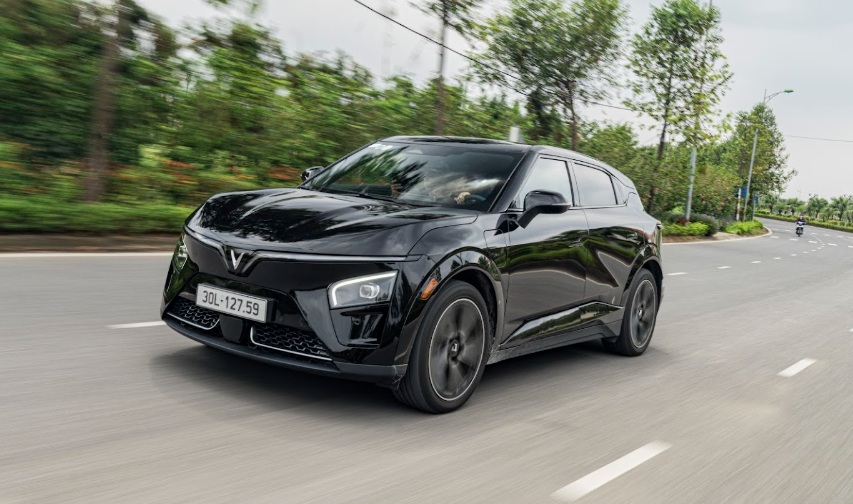
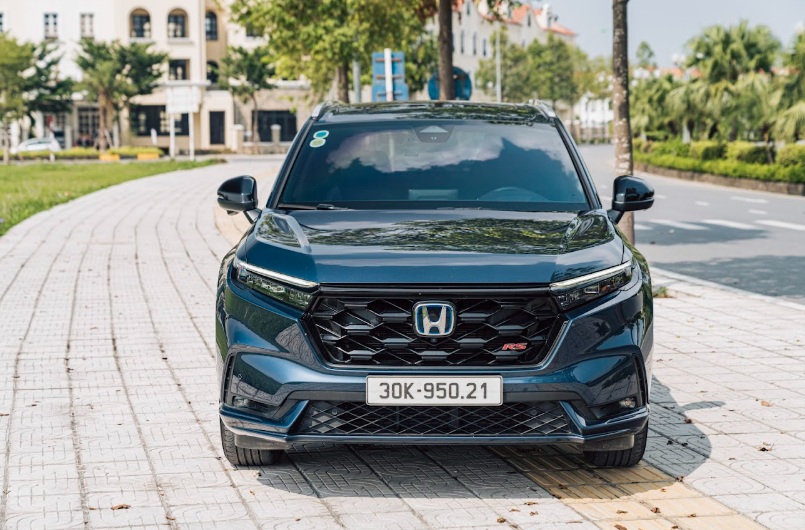
.jpg)

